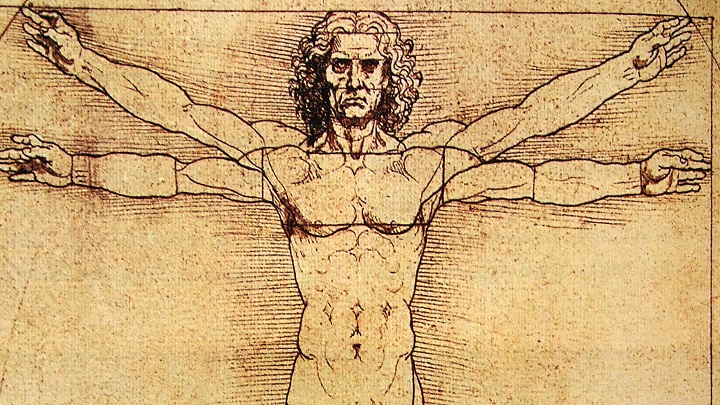Agreement between the UB and Barcelona Cemeteries to collaborate for teaching and research purposes

The University of Barcelona and Cementiris de Barcelona (Barcelona Cemeteries) have signed a collaboration agreement to promote research and teaching activities in the study of human anatomy. The agreement will make it possible for the first time to transfer skeletal remains suitable for teaching and research purposes to the Bellvitge Campus of the Faculty of Medicine and Health Sciences, where they will be prepared for use in this faculty and also in the UB's Faculty of Biology and the Faculty of Geography and History. The skeletal remains come from donations from grave owners.

The University of Barcelona and Cementiris de Barcelona (Barcelona Cemeteries) have signed a collaboration agreement to promote research and teaching activities in the study of human anatomy. The agreement will make it possible for the first time to transfer skeletal remains suitable for teaching and research purposes to the Bellvitge Campus of the Faculty of Medicine and Health Sciences, where they will be prepared for use in this faculty and also in the UB's Faculty of Biology and the Faculty of Geography and History. The skeletal remains come from donations from grave owners.
Anatomists, forensic scientists, physicians, archaeologists and paleoanthropologists routinely work with human remains to help determine past and present human variability. In addition, the shape and structure of the bones provide information on the soft tissues — muscles, ligaments, tendons, etc. — with which they were associated during the individual's lifetime. While these tissues disappear rapidly after the death of individuals, the skeleton preserves evidence of their existence and the nature of these other parts of the human body, and its study has numerous applications in many areas of scientific knowledge.
“In addition, this agreement will have a great impact on the quality of teaching, and students will benefit from having human bones to learn anatomy”, says Miquel Dalmau-Pastor, professor at the Faculty of Medicine and Health Sciences of the UB and UB representative on the Monitoring Committee of the agreement along with Professor Laura Martínez, from the Faculty of Biology.
“This is a cross-disciplinary project — he continues— since human anatomy is a discipline taught in three faculties at the University of Barcelona: Medicine and Health Sciences, Biology, and Geography and History. It is a teaching activity that brings together students from nine bachelor’s degrees (Medicine, Nursing, Podiatry, Dentistry, Basic Medical Sciences, Biomedicine, Biology, Archaeology and History) as well as students from two master's degrees (Biological Anthropology and Advanced Studies in Archaeology). In total, each year, more than 1,000 students could benefit from this qualitative leap in the study of human anatomy by having access to donated human bones during their studies”.
The Director General of Barcelona Cemeteries, Miquel Trepat, explains, “first of all, we want to emphasise that these are always voluntary donations by consenting owners, in much the same way as they do for organ donation”. “Our aim — he continues —, "is to make it easier for the scientific community to advance in the generation of knowledge and in the development of research projects applicable to science and health, from which publications can be derived so that students and professionals in the scientific and health fields can use them".
“This agreement gives continuity to other alliances that Cementiris de Barcelona has carried out with the UB previously, such as the realization of curricular practices of students studying different aspects of cultural heritage, history, art and architecture in funerary spaces.”
